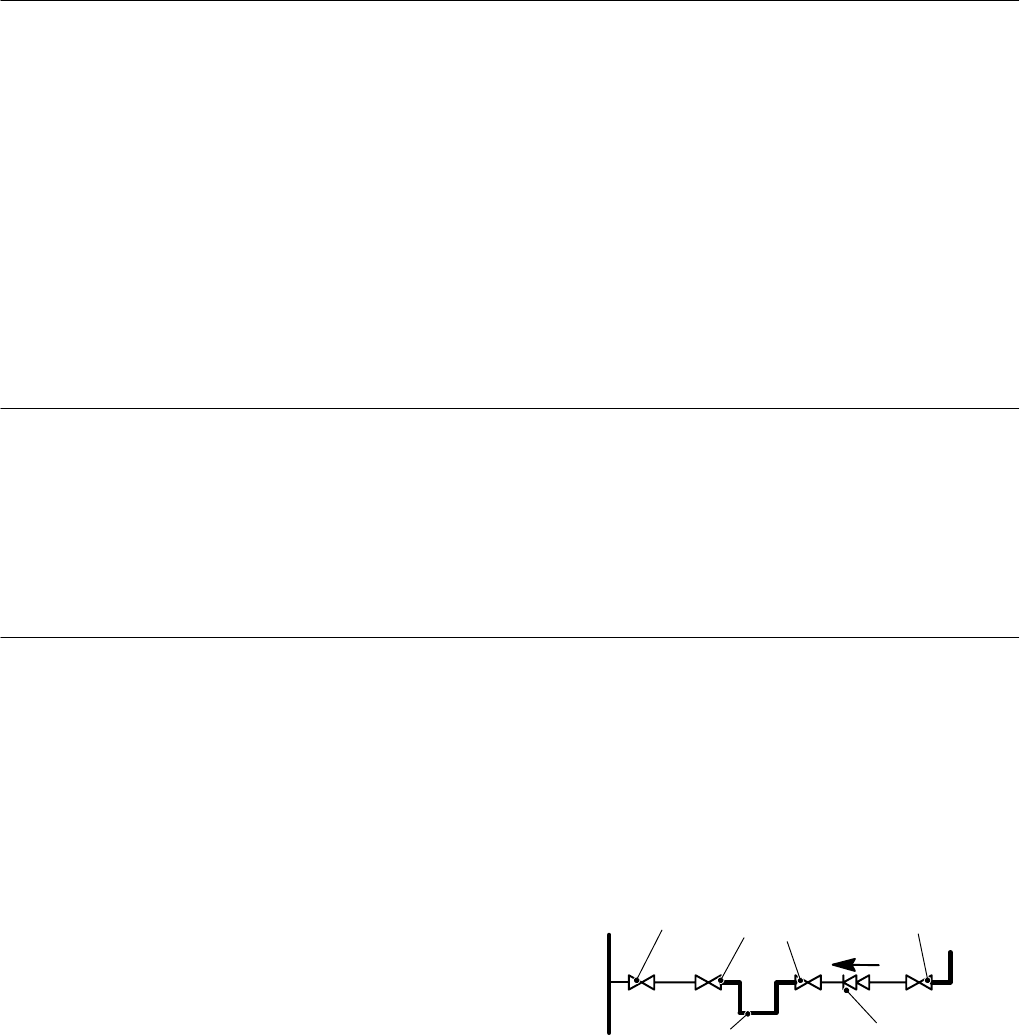
GENERAL
mini HE --- Installation & Servi cing
10
Domestic Hot Water
In hard water areas where mains water can exceed 200ppm
Total Hardness (as defined by BS 7593:2006 Table 2) a scale
reducing device should be fitted into the boiler cold supply
within the requirements of the local water company. The use
of artificially softened water, however, is NOT permitted.
Caradon Ideal Limited recommend the use of Fernox
Qantomat, Sentinel C ombiguard and Calmag CalPhos I scale
reducing devices, which must be used in accordance with the
manufacturers’ instructions.
For further information contact:
Fernox
Cookson Electronics
Forsyth Road
Sheerwater
Woking
Surrey
GU21 5RZ
+44 (0) 1799 550811
Calmag Ltd.
Unit 4---6 Crown Works
Bradford Road
Sandbeds
Keighley
W est Yorkshire
BD20 5LN
+44 (0) 1535 210320
Salamander (Eng) Ltd
Reddicap Trading Estate
Sutton Coldfield
West Midlands
B75 7BY
+44 (0) 121 378 0952
Sentinel Performance
Solutions
The Heath Business &
Technical Park
Runcorn
Cheshire
WA7 4QX
+44 (0) 800 389 4670
3 ELECTRICAL SUPPLY
Warning. This appliance must be efficiently earthed.
Wiring external to the appliance MUST be in accordance with
the current I.E.E. (BS.7671) Wiring Regulations and any local
regulations which apply. For Ireland reference should be
made to the current ETCI rules for electrical installations.
The point of connection to the mains should be r eadily
accessible and adjacent to the boiler, except for bathroom
install ations where the point of connection to the mains MUST
be situated outside of the bathroom.
Note. Where a room sealed appliance is installed in a room
containing a bath or shower then the appliance and any
electrical switch or appliance control utilising mains
electricity should be so situated that it cannot be touched by
a person using the bath or shower.
4 SEALED SYSTEM REQUIREMENTS
Central He ating
Note. mini HE boilers are suitable for fully pumped
pressurised sealed systems only.
REQUIREMENTS
1 General
The installation must comply with the requirements of
BS. 6798 and BS. 5449.
2 Flow Temperature
The installation should be designed to work with flow
temperatures of up to 90 ûC.
3 Working Pressure
All components of the system must be suitable for a working
pressureof3bar(45lb/in
2
) and temperature of 110 ûC. Extra
care should be taken in making all connections so that the
risk of leakage is minimised.
The following components are incorporated within the
appliance:
a. Circulating pump.
b. Safety valve; with a non---adjustable pre---set lift pressure of
3bar(45lb/in
2
).
c. Pressure gauge; covering a range of 0---4 bar.
d1. 6 litre expansion vessel; with an initial charge pressure of
0.7 bar (10.5 lb/in
2
)formini HE C24 and mini HE C28.
d2. 7 litre expansion vessel; with an initial charge pressure of
1.0bar(15lb/in
2
)formini HE C32.
For further details refer to BS.5449:1 and the British Gas
Corporation publication ’Specifications for Domestic Central
Heating and Hot Water’.
4 Filling the system
Fill the system through a temporary hose connection from a
draw---off tap supplied from a service pipe under mains
pressure. Where the mains pressure is excessive a pressure
reducing valve shall be used to facilitate filling.
When install ing the filling connection provided with the boiler
an additional WRAS approved valve must be fitted to the
mains water supply upstream of the double check valve to
fully comply the Water Regulations
CH return
Hose unions
Mains
Water
Supply
Temporary hose
(disconnect
after filling)
Stop valve Additional stop valve
Double check valve
assembly
Note direction of flow
System filling and make---up
Proceed with the following:
F Thoroughly flush out the whole of the system with cold
water before fitting the boiler.
F Fill and vent the system until the pressure gauge registers
1.5bar(22lb/in
2
). Examine for leaks.
F Release water from the system until a press ur e of 1 bar
(15 lb/in
2
) is reached.
To avoid g etting debris on the valve seat, do not use
the safety valve to do this.
F Light the boiler and heat the system to the maximum
working temperature. Examine for leaks.
F Turn off the boiler and drain the system while still hot.
F Refill and vent the system.
F Re---pressurise the system to the desired charge pressure
(see Table 5).


















